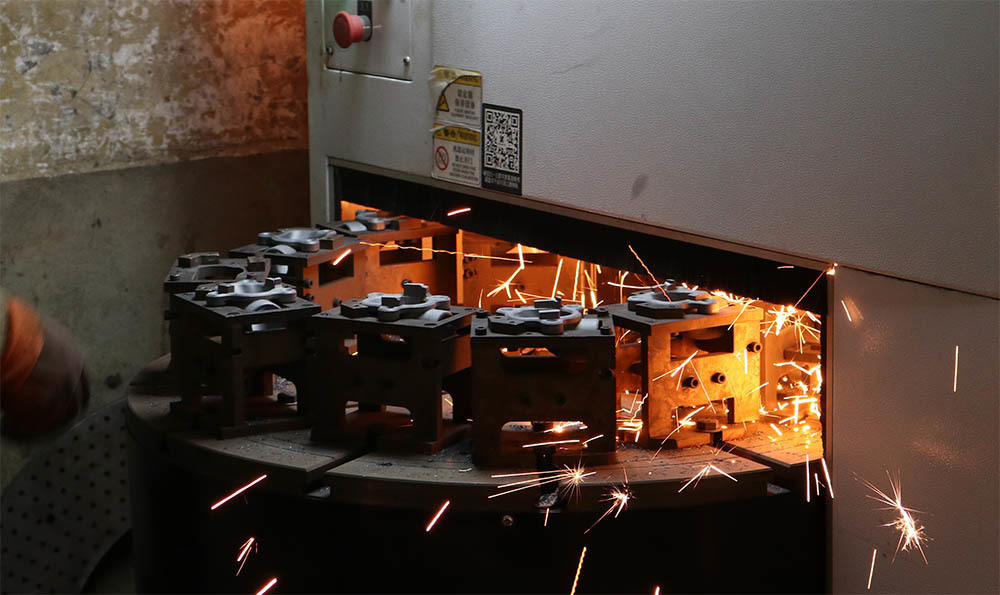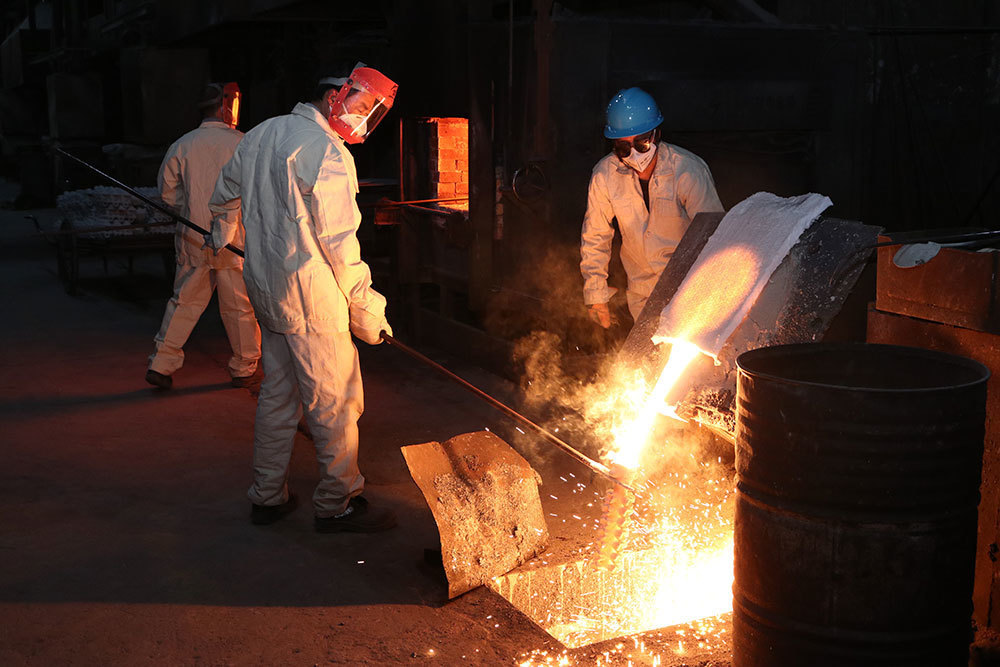2025-11-04
The Versatile World of Metal Part Casting: Applications and Insights
Understanding Metal Parts Casting
When you think of manufacturing, you might picture robots in a factory, machines whirring, and parts being churned out at lightning speed. But wait! Have you ever considered the intricate process of metal parts casting? This technique is not just a method; it's an art form that plays a pivotal role in various industries.
What is Metal Parts Casting?
At its core, metal parts casting is all about pouring liquid metal into a mold to create a desired shape. This process can create anything from small components to large, complex parts. It's a go-to method for many manufacturers, particularly those in heavy industries like automotive and aerospace.
The Role of a Metal Parts Casting Manufacturer
Now, let's talk about the unsung heroes of this process—the metal parts casting manufacturer. These manufacturers not only produce high-quality components but also innovate constantly, adapting to the ever-changing demands of the market.
Flexibility and Efficiency
One of the standout features of a metal parts casting manufacturer is their ability to produce both large and small runs of parts without compromising on quality. Whether a company needs a single prototype or thousands of units, these manufacturers have the tools and expertise to deliver.
Applications of Metal Parts Casting
Metal casting isn't just limited to one sector; it's a jack-of-all-trades! Here are a few applications that showcase its versatility:
1. Automotive Industry
The automotive sector is one of the largest consumers of cast metal parts. From engine blocks to transmission housings, the strength and durability of cast metal makes it ideal for high-performance vehicles.
2. Aerospace Applications
In aerospace, weight is critical. Metal casting allows manufacturers to create lightweight yet strong components that meet the stringent safety standards of the industry.
3. Industrial Machinery
Heavy machinery relies on robust components that can withstand extreme conditions. Metal casting provides the durability needed for parts like gears and housings.
4. Art and Sculpture
Did you know that artists also use metal casting? Sculptors create stunning pieces using this method, showcasing the beauty and potential of metal.
Benefits of Metal Parts Casting
So, why should industries lean on metal parts casting? Well, buckle up, because the benefits are simply extraordinary!
Cost-Effective Production
For starters, casting is often more economical than machining. It can reduce material waste and lower production costs, making it a no-brainer for manufacturers.
Complex Designs Made Easy
Ever tried to machine a complex design? It can be a real headache! Casting allows for intricate shapes that would be difficult or even impossible to achieve through traditional methods.
Future Trends in Metal Casting
As technology leaps forward, so does the world of metal casting. Manufacturers are now embracing automation and advanced materials to enhance their processes. The future looks bright, my friends!
Sustainability in Casting
With a growing emphasis on sustainability, many manufacturers are exploring eco-friendly materials and methods. The aim? To make metal casting not just effective but also environmentally responsible.
Conclusion
In conclusion, the world of metal parts casting is a fascinating blend of art and science. Whether for automotive, aerospace, or even artistic endeavors, the role of metal parts casting manufacturers is crucial in shaping our modern landscape. So, next time you see a metal part, remember the intricate journey it took to get there!









